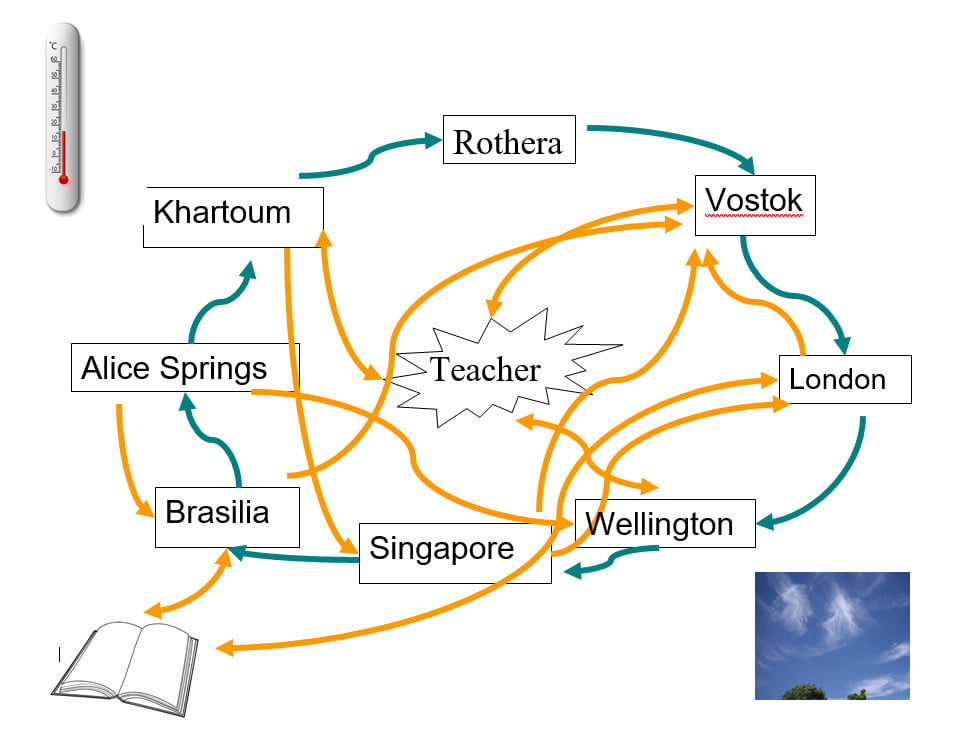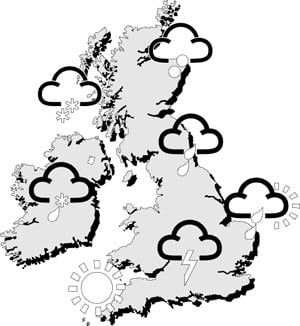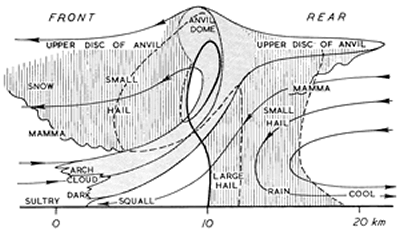Image copyright biodiversitystripes.info and LPI 2024 (www.livingplanetindex.org)
Insects are in trouble! As temperatures rise and climate changes, many are unable to adapt quickly enough and are threatened with extinction.
In this science lesson, students are tasked with helping a moth species – the garden tiger moth.
They analyse simple data to spot how temperatures and biodiversity in the UK has changed over time.
They then organise information to show how these two ideas are linked before designing a green wall at school to help lower temperatures.
CURRICULUM LINKS
- Working Scientifically: using straightforward scientific evidence to answer questions or to support their findings.
- Recording findings using simple scientific language, drawings, labelled diagrams, keys, bar charts, and tables.
- Year 4 Science: Living things and their habitat: recognise that environments can change and that this can sometimes pose dangers to living things.
Starter: Engage with the task for the lesson
Slide 2: The learning objectives for this lesson.
Slides 3-4: Ask students to play a game. Show them the image of a mystery object on slide 3 and ask them to guess it is. Welcome all ideas – no guess is incorrect! Reveal slide 4 and ask the students if they want to change their mind.
Slide 5: Reveal that the mystery object is a caterpillar, which grow into adult moths. You may wish to show the class a video of garden tiger moth caterpillars (see weblinks below).
Slide 6: Tell the students that the number of garden tiger moths in the UK is decreasing. Reveal the task that they will be completing in the lesson: to help stop this.
Main: Students practice analysing data
Slide 7: Show the students the chart and ask them to discuss in pairs what it shows. You might like to explain what a key is, and what the different colours mean in the context of this chart. Listen to feedback from pairs.
Slide 8: Reveal that the chart shows that the number of different species of moth in the UK is decreasing (going down) because many have gone extinct (this means there are no longer any alive in the UK). This makes their task of helping the garden tiger moths even more important as they could be next.
Slide 9: Show the students another chart and ask them to discuss in pairs what it shows. Students should be able to analyse this one with less guidance. You may like to visit the Climate Stripes website (see weblinks below) and change the chart to show the students the temperature change in their area of the UK. There is also the option of changing the type of chart if you would like to give the class further opportunities to practice analysing data.
Slide 10: Consolidate the idea that it shows temperatures in the UK are rising. You could ask students about their personal experiences – do they find that the summers are too hot? How does this make them feel?
Slide 11: This image shows the two charts next to each other, so the data can be compared. Explain that it shows that has the temperature has increased, the number of different moth species has decreased. Ask pairs to discuss their ideas about why. It is important to note that their ideas at this stage do not have to be correct (or based on any scientific facts). This task gives them a chance to practice coming up with hypotheses (ideas) – an important skill in science.
Students use information to connect two events
Slide 12: Set the students a task – to work out how the temperature rise has caused a decrease in moths. Provide pairs with cards cut from Student Sheet A and give each student a copy of the flow chart from Student Sheet B or C (C is a more scaffolded version.) Guide the students into picking information from the cards to fill in the flow chart.
Slide 13: Reveal a completed version of the flow chart and explain how the events are connected. Ask students if their ideas were similar to this.
Introduce green walls
Slide 14: Reveal a way of helping moths – green walls.
Slide 15: Explain that green walls can also help keep us cool, using the infra-red photograph on the right of the slide as evidence. Explain that the darker areas are cooler. Ask students where the cooler areas are – they should notice that these areas are where the plants are growing.
Students design a green wall
Slide 16: Reveal the final task – to design a green wall that will help them and the moths.
Students should consider the location of the wall based on what areas of the school get hottest, or what areas are used most often. This can be extended by asking students to use a thermometer to measure the temperature in different parts of the school on a hot day.
Some students may want to extend their thinking about consider how the plants will be watered – especially thinking about future droughts. They may even be able to design an irrigation system!
You can extend this task by asking students to write an email or speech to the headteacher, explaining why they want to build a green wall using as many arguments as they can from information they have learnt in the lesson.





